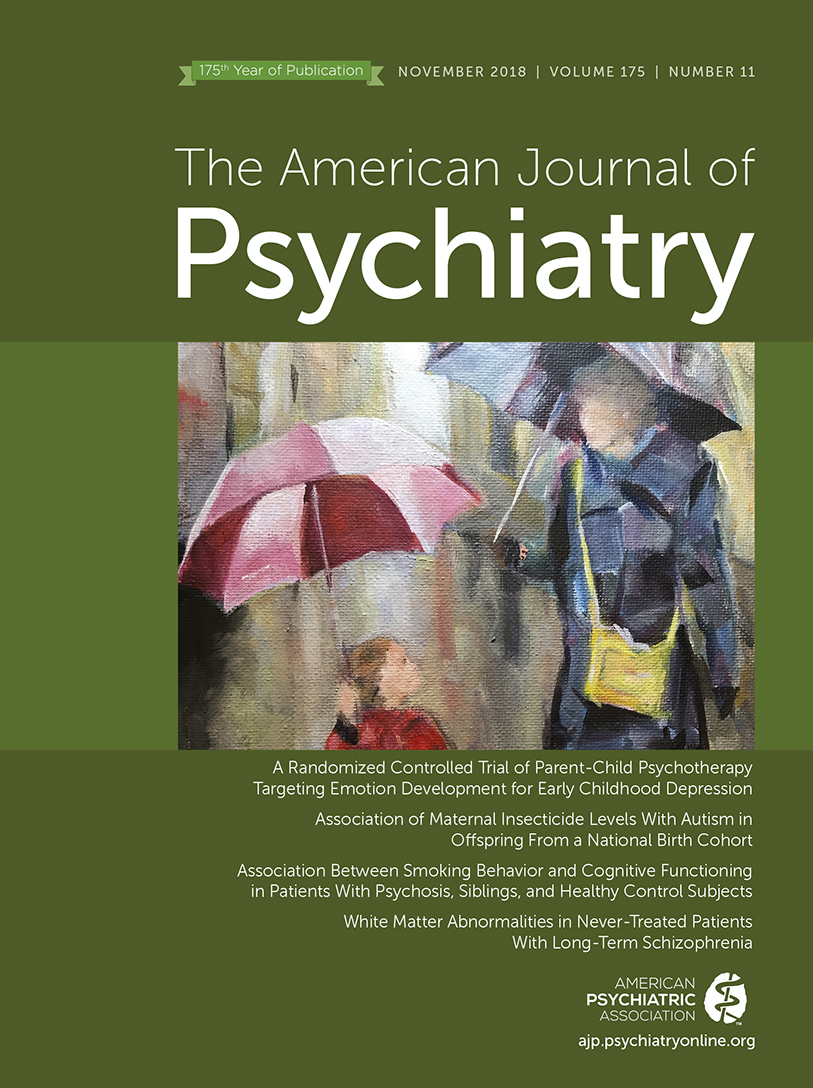Perinatal Maternal Depressive Symptoms as an Issue for Population Health
Abstract
The importance of maternal depression for child outcomes is well established, and impairments in psychosocial function and parenting are as severe in women with high subsyndromal levels of depressive symptoms as they are in women with clinical depression. The author conducted a systematic review that explored the association between maternal depressive symptoms and child neurodevelopmental outcomes, including in neuroimaging studies. The results strongly suggest that the influences of maternal depressive symptoms operate across a continuum to influence child outcomes, implying that maternal depression may appropriately be considered an issue of population health. This conclusion is strengthened by recent findings that reveal distinct influences of positive maternal mental health on parenting and child outcomes.
[AJP AT 175: Remembering Our Past As We Envision Our Future
April 1851: Fleetwood Churchill, “On the Mental Disorders of Pregnancy and Childbed”
“Women affected with any degree of mental derangement during pregnancy are more disposed than others to puerperal mania. But the serious character of these attacks is even deepened by the fact, abundantly established, that the evil is not limited to the mother. Not only may organic diseases of the body be transmitted to the infant, but a predisposition to insanity, thus multiplying the distress in a most alarming ratio.” (Am J Psychiatry 1851; 7:297–317)]



